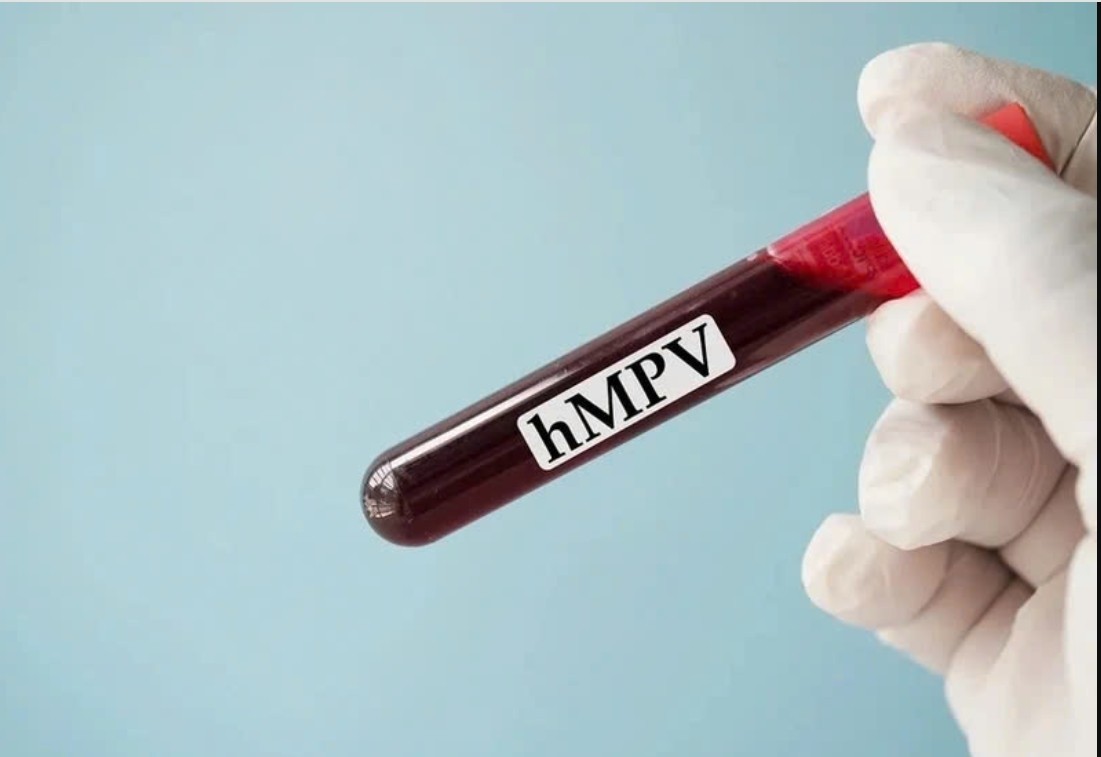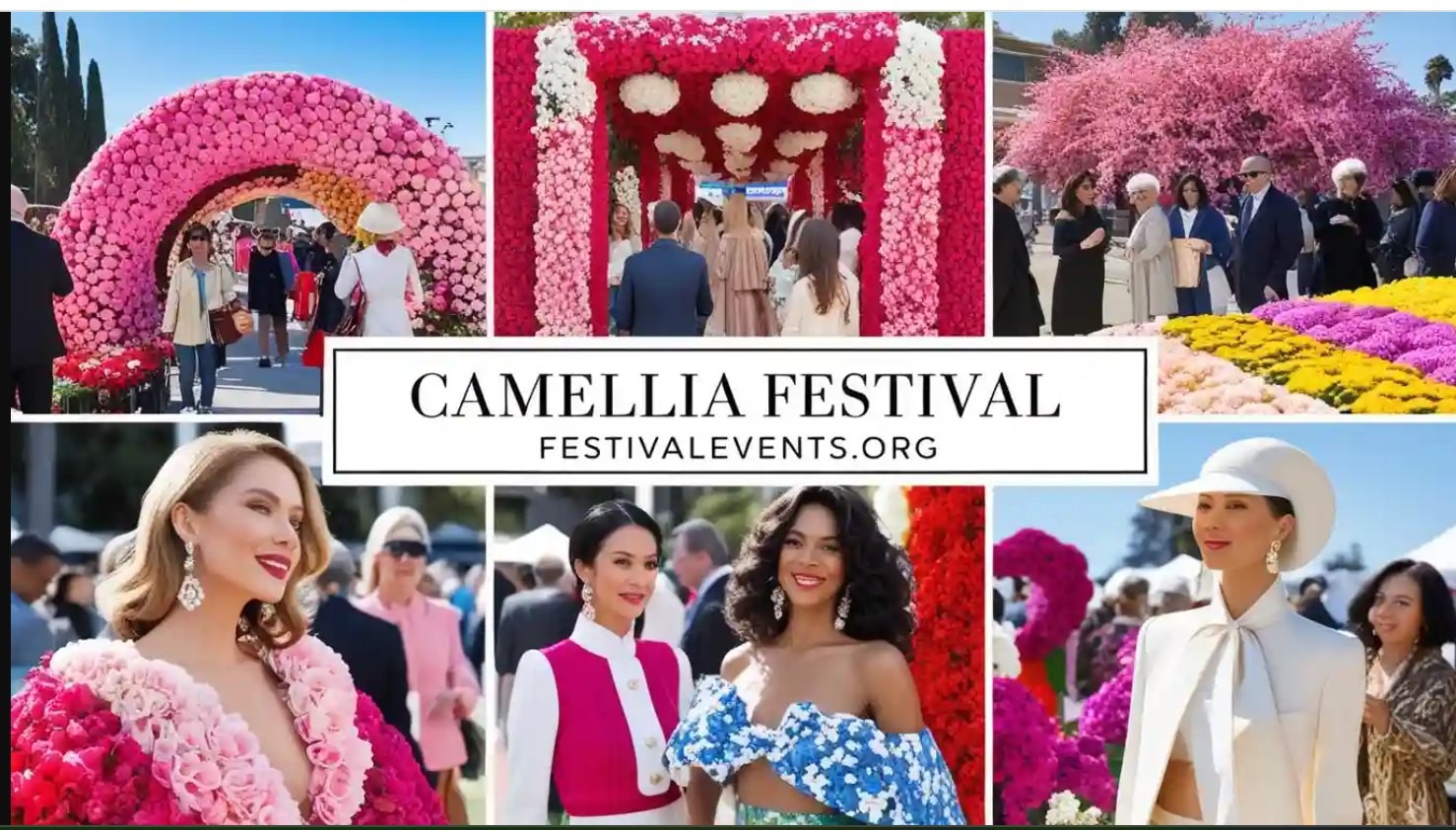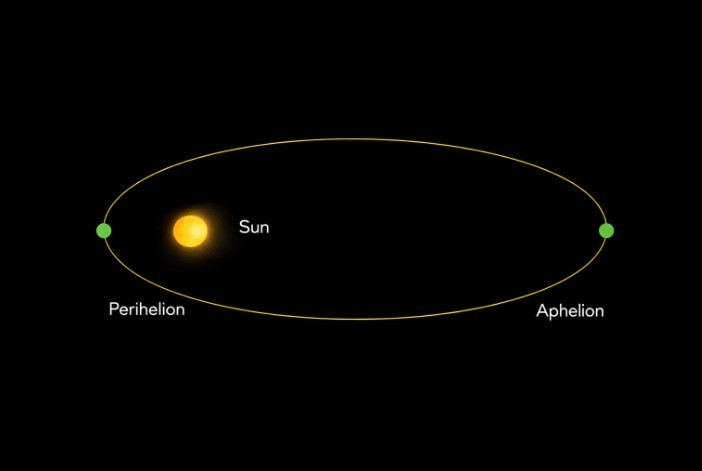What Is The Most World's Expensive Wine - 1947 French Cheval-Blanc
 |
| Photo: lapresse |
What Is The Most Expensive Wine In The World?
1947 Cheval Blanc holds the world record for the most expensive bottle of wine ever sold, and high prices were paid once again for this “mythical” wine by a French buyer at Christie’s Paris.
A collector last week paid 131,600 euros ($181,150) for a case of the 1947 vintage, equivalent to $15,083 per bottle, or $2,513 per 125-ml glass. Packaged in their original wooden case, blackened by time, the bottles were recorked at the St-Émilion château during the 1990s to protect the wine from oxidation.
“The price may seem high but compared to the true value of this lot, it’s not over the top,” said Aubert Bogé of wine merchant Millésimes, who bought the case on behalf of a private individual.
“1947 was the vintage of the century for this château, it is mythical,” he added. “Bottles of 1947 are very difficult to find.”
In 2010, Christie’s Geneva sold a 6-liter bottle of the 1947 vintage for $304,375, a world record price fetched at auction, according to the Guinness World Records.
Nevertheless, the wine is technically far from perfect. While the conditions during the 1947 growing season were “absolutely magnificent,” according to the château, “fermentation was to prove difficult, and the wine was not perfectly dry and had rather high volatile acidity.”
The hot and dry conditions throughout the summer created an unusually rich, ripe wine, which is often compared to a vintage port.
Robert Parker has awarded the wine a perfect 100-point score. “The 1947 Cheval Blanc exhibits such a thick texture it could double as motor oil. The huge nose of fruitcake, chocolate, leather, coffee, and Asian spices is mind-boggling. The unctuous texture and richness of sweet fruit are amazing,” he explained. “Consider the fact that this wine is, technically, appallingly deficient in acidity and excessively high in alcohol. Moreover, its volatile acidity levels would be considered intolerable by modern day oenologists.” Wine-searcher reported.
Wine Legend: Château Cheval Blanc 1947, St-Emilion, Bordeaux, France
Number of bottles produced 110,000
Composition of blend 50% Cabernet Franc, 50% Merlot
Yield (hl/ha) 37.4
Alcohol content 14.4%
Release price 15-50 ‘old’ francs
Auction price today £3,500-£7,300 (source: Liv-ex)
A legend because…
Experienced tasters often maintain that this is not only the finest Cheval Blanc of the 20th century but one of the finest clarets of that century. Yet it’s a wine that doesn’t conform to the model of fine Bordeaux: it is rich and Porty, high in alcohol and volatile acidity. This weight and opulence may have been atypical of Cheval Blanc, but few tasters have been able to resist its lush texture and voluptuous flavours. Yet its success was in a sense freakish, as no modern winemaker would set out to live so dangerously as to produce a wine in this style. As French wine writer Michel Dovaz remarked: ‘1947 Cheval Blanc defies the laws of modern oenology.’
Looking back
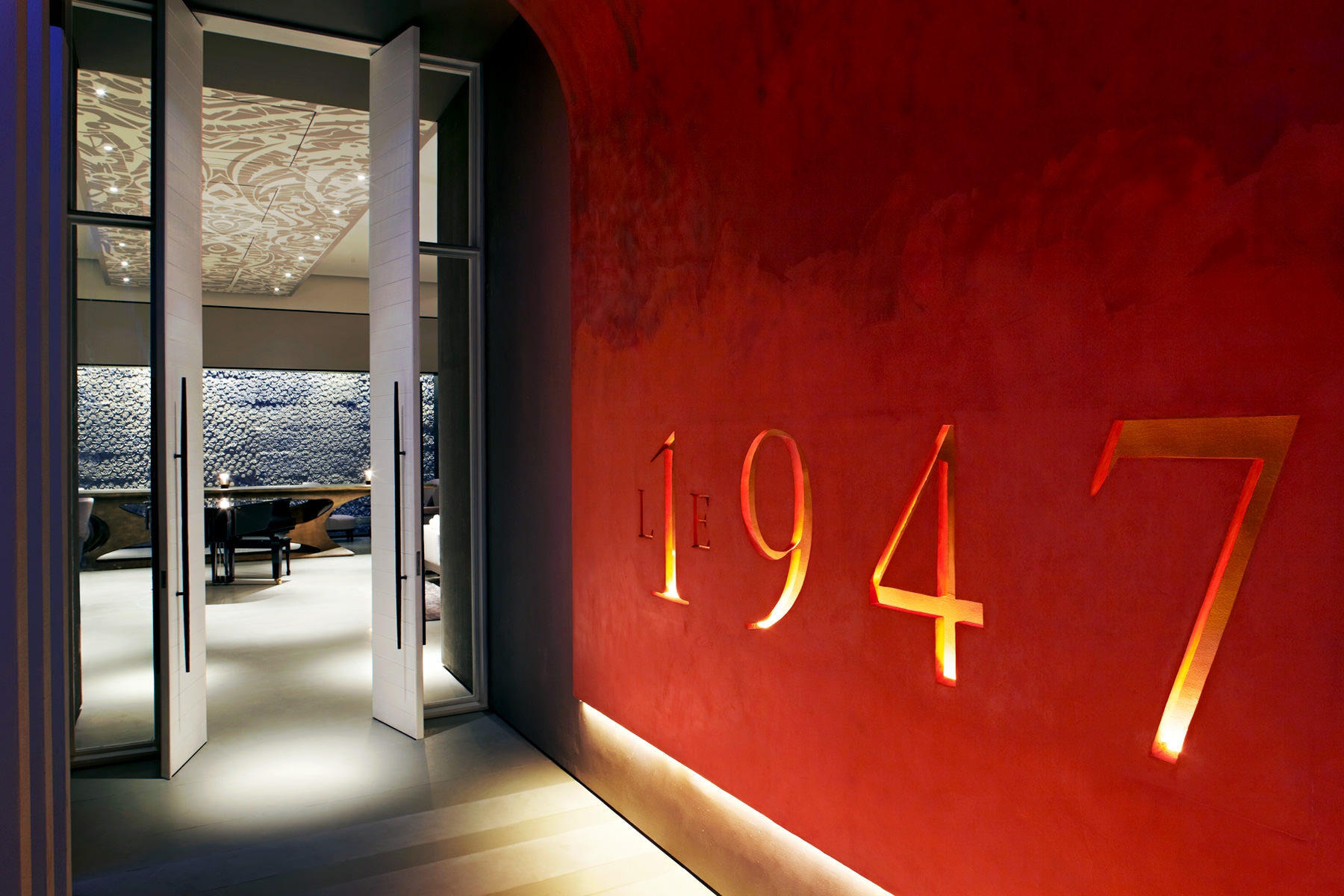 |
| Photo:golfandlife |
The present-day vineyards of Cheval Blanc once formed part of Figeac, but two substantial parcels were sold in the 1830s to the Ducasse family. A Ducasse daughter married Jean Laussac Fourcaud in 1852, and the family (their name evolved over the decades into Fourcaud-Laussac) owned and managed Cheval Blanc until its sale in 1998 (see below). The wines were always respected but only began to fetch prices comparable to the Médoc first growths in the 1960s.
The people
In 1947 Cheval Blanc was in the hands of the Fourcaud-Laussac family that had owned the property since the early 19th century. Their ownership would continue until 1998, when it was acquired by the present owners Bernard Arnault, CEO of luxury goods group LVMH, and Belgian tycoon Baron Albert Frère. In 1947 the manager was Jacques Fourcaud-Laussac.
The vintage
The summer was exceptionally hot, with unblemished weather from early April to October. The harvest at Cheval Blanc began on 15 September, when temperatures were still above 35ºC, and would have been completed quite rapidly. These torrid conditions meant that Bordeaux wines, especially on the Right Bank, achieved atypically high natural sugar levels, resulting in opulent wines that in some cases lacked stability. The crop was generous, Decanter cited.
Identity
Château Cheval Blanc is first and foremost an exceptionally rich terroir featuring a patchwork of different soils. From its position between Saint-Emilion and Pomerol, in the heart of the Bordeaux vineyards, the estate has established its identity through the gravel and clay soils which are closely interwoven over the 45 parcels that make up the estate. Cabernet Franc and Merlot, two grape varieties that complement each other perfectly, grow in harmony throughout the 39 hectares of vineyard. The House’s savoir-faire, its ability to garner the terroir’s full potential, and its bold choices of grape varieties give Cheval Blanc wine all its freshness, elegance, power and finesse. They provide a unique character and a rare potential for aging: Cheval Blanc wines are excellent at any stage, but improve year after year. This cellaring potential and timeless style, which is recreated every year according to the assets of each vintage, have ensured the the supreme distinction of the 1er Grand Cru Classé A classification since 1954.
Icon
Undoubtedly one of the most famous vintages of the 20th century, Château Cheval Blanc 1947 is the result of exceptionnal weather conditions for vines in 1947 (perfect fine weather from April to October). It is a wine with extraordinary aromas that leave tasters speechless and an endless finish that is unparalleled.
Savoir-Faire
Every year, through the subtle magic of blending, a new page is written in the story of Château Cheval Blanc. The creation of the vintage begins at the end of summer, when the grapes, picked at optimum ripeness, give life to as many wines as there are parcels. Each of them has a unique personality, and will be left for several months in new oak barrels, which preserve their character. At the start of spring, after several months of fermentation, the wines are tasted one by one. Only 15 to 35 of them will be selected to make the grand vin, and for this there is only one criterion: excellence. The painstaking process that is the art of blending involves deciding on the proportions of each wine that will go into making that year’s vintage. This vintage, the finesse, length and balance of which are exceptional, will then be left to age for a year in the barrel house. A reinterpretation of the Cheval Blanc legend.
Outlook
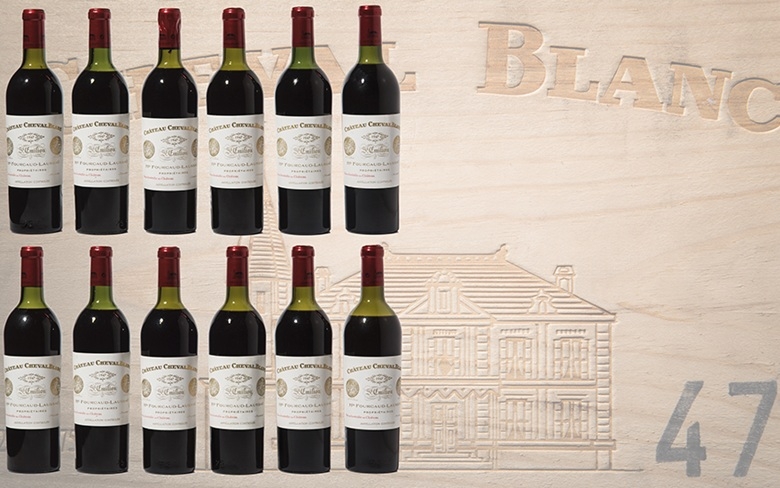 |
| Photo:christies |
Since its creation, Château Cheval Blanc has been striving to preserve the identity, character and style of its grand crus. This identity is now defined by a strict ecological approach. The Château has recently been equipped with a new winery, in the heart of its vineyards. Designed by the architect Christian de Portzamparc, the winery under the hill is the first to be certified HQE in France. In November 2013, the building received the international Architecture Award from the Chicago Anthenaeum and the European Center for Architecture Art Design and Urban Studies, according to LVMH.
Chateau Cheval Blanc Vineyards, Terroir, Grapes, Winemaking
The 39 hectare vineyard of Cheval Blanc is planted to 52% Cabernet Franc and 43 Merlot, and 5% Cabernet Sauvignon today, but the goal is to return to the original mix of 55% Cabernet Franc, 40% Merlot and 5% Cabernet Sauvignon. The addition of Cabernet Sauvignon represents a change in the vineyard plantings.
The amount of Merlot was also slightly decreased. But as you can see, this is temporary. Blends vary, depending on the style and character of the vintage. The vines at Cheval Blanc are old, averaging 45 years of age. They have 8 hectares of Cabernet Franc planted in the 1950’s.
However, some of the older parcels of Cabernet Franc are close to 100 years of age, as they were planted in 1920! The old vines are the source of their massal selection program.
The vineyard is in one large one block which can be divided into 54 separate parcels. Their best parcel is well placed in the middle of their vineyards directly in front of the chateau, with the deep, blue clay soils, where you find their older Cabernet Franc vines.
Cheval Blanc has a complex terroir that consists of 3 different soils. Even though the vineyards are in one large parcel, this can be divided up as follows: 40% of their soils are gravel over multiple types of clay, including blue clay.
Another 40% of their terroir has deep gravel soils, while the remaining 20% of their soils consists of sandy clay in the soil. Those three unique soils allow the vineyard to express a specific style of St. Emilion. It’s also good to note that Cheval Blanc is located in the graves region of Saint Emilion, which takes its name as you might guess from the gravel in the soil.
There are 5, elevated, gravel hillsides in this area in St. Emilion, and 2 of those hills, belong to Cheval Blanc. The gravel hillsides offer slopes and an elevation that reaches almost 38 meters at its peak. There are 10 distinctive soil types in their terroir.
The vineyard is divided into 32 main blacks which is then subdivided into 53 small parcels. Generally speaking, Cheval Blanc has a slightly warmer, precocious, micro climate. This helps to produce the beauty in their Cabernet Franc.
The vineyard of Cheval Blanc is planted to a vine density of 8,000 vines per hectare, which is one of the higher levels of denser plantings found in the Right Bank. This is a slight increase in the vine density over the years, as previously, the vineyard was at less than 7,700 vines per hectare.
It’s interesting to note that in 1996, Cheval Blanc began a massal selection program and today, when the Cabernet Franc vines are replanted, they are done using cuttings from the massal selection program.
However, replanting at Cheval Blanc takes place at a very slow pace. On average, about 1 hectare of vines is replanted every 3 years, give or take.
During the harvest of Chateau Cheval Blanc, the estate does not wait until all the parcels achieve complete phenolic ripeness. It is the stated goal to pick some fruit, in what they view as al dente. In part, it’s the blending of grapes at different levels of ripeness, from various parcels and terroir that adds complexity, freshness and decadence to the wine of Chateau Cheval Blanc.
Chateau Cheval Blanc Winemaking
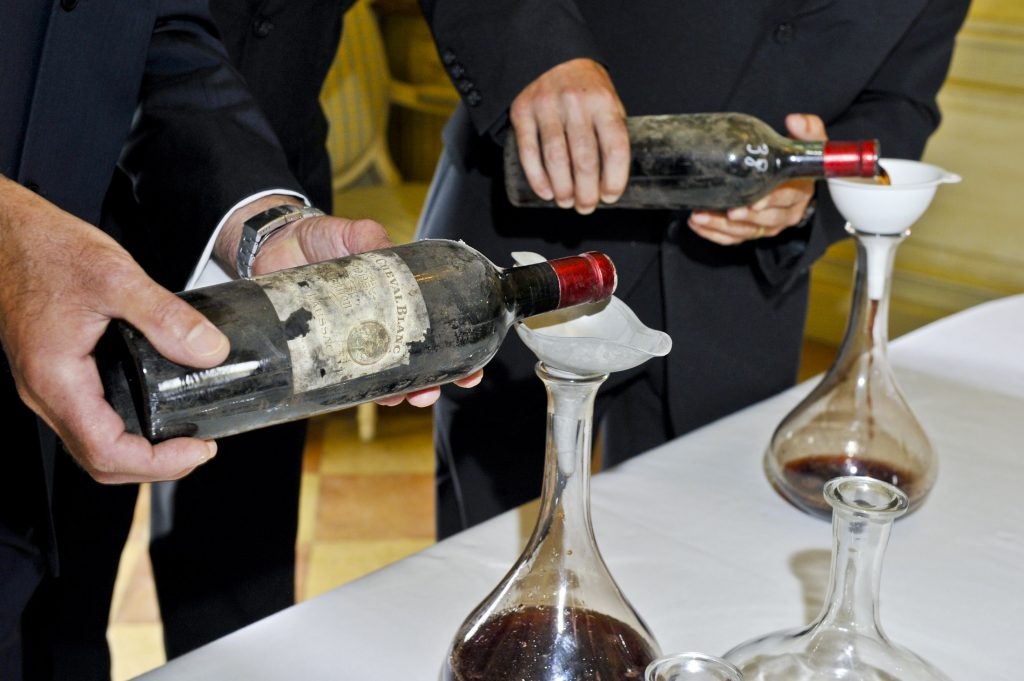 |
| Photo: chngpohtiong |
To produce the wine of Cheval Blanc, vinification takes place in 67 different temperature controlled, cement vats that vary in size, due to the needs of specific parcels to allow for each parcel being vinified in its own tank. There are 14 different sizes of vats used in the fermentation process. Malolactic Fermentation takes place in tank.
The wines are aged in 100% new, French oak barrels for close to 18 months before bottling. The Technical director for Chateau Cheval Blanc is Pierre-Olivier Clouet, who has been a great addition to the Cheval Blanc team. Pierre-Olivier Clouet maintains that same responsibility for all their Saint Emilion estates.
The best vintages of Chateau Cheval Blanc are: 2020, 2019, 2018, 2017, 2016, 2015, 2014, 2012, 2010, 2009, 2008, 2005, 2001, 2000, 1998, 1990, 1985, 1983, 1982, 1964, 1961, 1959, 1955, 1953, 1950, 1949, 1948, 1947, 1945, 1929, 1928 and 1921.
I have never seen vintages older than 1921, but with good storage, they could offer unparalleled drinking pleasure. However, you should know that Cheval Blanc is one of most heavily counterfeited wines in the world, so if you are thinking of buying some the famous older vintages, especially in large formats, you need to use extreme caution.
Chateau Cheval Blanc Character and Style
The beauty of Cheval Blanc is the complex, powerful perfume paired with textures that can feel as soft as polished silk and velvet. Due to its terroir and location that straddles the border of Pomerol and St. Emilion, Cheval Blanc truly combines the best of both worlds.
In the wine of Cheval Blanc, you find the sexy, opulence of Pomerol, coupled with the flamboyance of St. Emilion. The wine is incredibly rich. Yet it’s never heavy. Cheval Blanc can be enjoyed young.
However, it is one of the longest lived Bordeaux wines being produced. As you can see from my tasting notes, the legendary 1921 is still going strong at close to 90 years age! I hope I show that well when I’m 90.
Cheval Blanc also produces a second wine, Le Petit Cheval which made its debut with the 1988 vintage. Le Petit Cheval is aged in 50% new, French oak barrels. Between 8,000 to 10,000 cases of wine are produced of Cheval Blanc each year.
On average, 4,000 cases of Le Petit Cheval are made per vintage. However, for the first time, with the 2015 vintage, no wine was allocated to the production of Le Petit Cheval. The majority of the wine was placed in the Grand Vin, and as so little wine was declassified in that vintage, the remaining juice was sold in bulk, Thewinecellarinsider wrote.
 What is the Most Expensive Bag in the World? What is the Most Expensive Bag in the World? Check out the most expensive bag in the world with the pricetag of €6m, which is inspired by ocean pollution. |
 What is Polyamorous: How it Works, Terms to Explain and Celebrities Open About It What is Polyamorous: How it Works, Terms to Explain and Celebrities Open About It From ancient times up to now, love has always been considered a story between two people, and never be in a true love, there should ... |
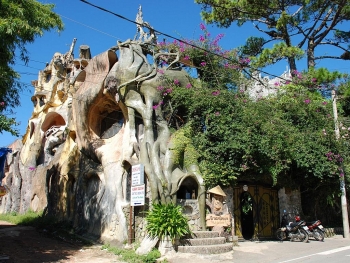 What Is The Weirdest House In Vietnam? What Is The Weirdest House In Vietnam? People call it "Crazy House" as the design is exceptionally impressive and thrilling at the same time. Let's check out the weirdest house in Vietnam, ... |

